In this edition of Karma Community, we share an inspiring extract from a new report released by The Global Wellness Institute (GWI). ‘Biophilia in architecture’ describes the greening of homes, cities, workplaces and hotels intentionally designed to reconnect people with nature to improve their physical and mental wellbeing.
We all know how nature benefits our health and longevity. There are countless scientific studies showing how time spent communing with nature is now known to lower blood pressure, cortisol stress levels, improve mental health, creativity, and our happiness levels.
Biophilia as an intentional focus in design and is actually a recent movement.
The term Biophilia was coined by psychologist Erich Fromm in 1964 and made popular by Harvard biologist Edward O. Wilson in the 80’s whose influential book Biophilia posited that if humans lived immersed in nature for hundreds of thousands of years, that the relatively recent damage done by the forces of urbanization and industrialization could be reversed. Those forces have led to a profound disconnection from the natural world that hurts human health and mental wellness and the entire natural ecosystem.
And now, the pandemic and escalating environmental destruction have put an unprecedented new value on nature. Biophilic design experiments are at a tipping point, and the concept is transforming cities, home design, workplaces and hotels. And it’s more than just a bunch of plants; it’s about all the ways that we can integrate nature in design and the built environment—whether through natural light, fresh air, natural materials, or the use of organic shapes that mimic nature’s own design.
Here are several examples of Biophilia inspired happenings around the world..

The “greening” of global cities is surging. Singapore is a leader, steadily increasing the percentage of the island given over to green space to become a true “city in a garden”—with innovative projects like the 250-acre Gardens by the Bay nature park with its gigantic “super trees” equipped with cells that harness solar energy. Paris plans to become Europe’s greenest city by 2030 by creating huge urban forests and widespread car bans. The World Bank has a new series on how biophilic city design can solve the really big urban problems: making us more resilient to climate change, protecting biodiversity and, crucially, addressing terrible inequities in health.
Biophilic home design is exploding, with hundreds of new development examples. Just one: Valley, opening in urban Amsterdam next month, looks nothing like the apartment towers nearby with its densely planted terraces and balconies and façade of porous stone that grows moss to capture water and cool the building.
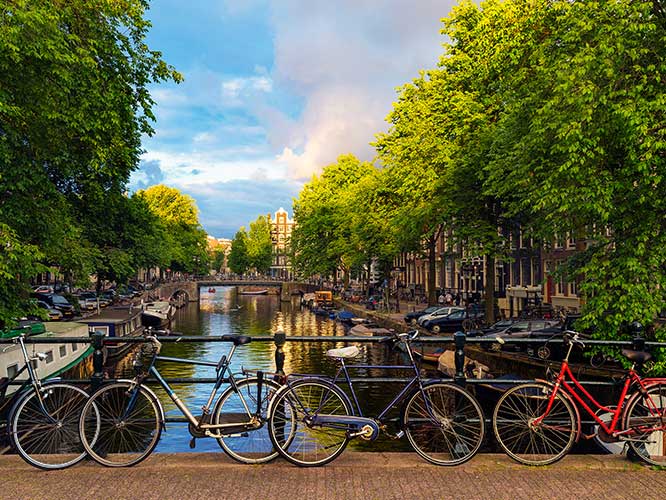
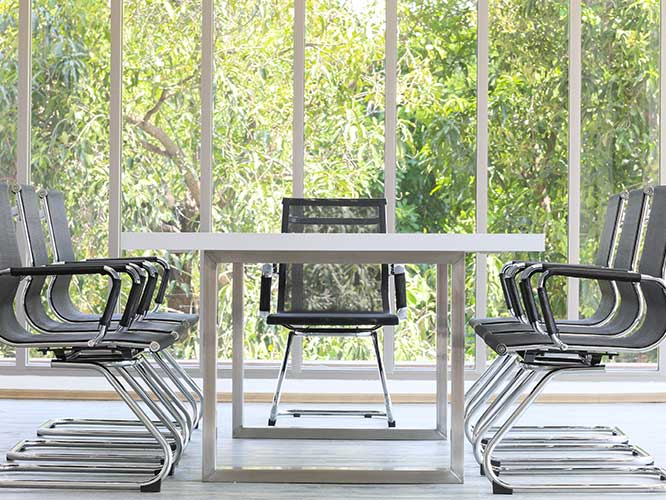
The pandemic has dramatically increased interest in biophilic design in workplaces. Companies are creating interior spaces using materials/design that simulate nature (whether green walls or indoor water features), more outdoor workspace on revitalized rooftops and terraces, air filtration systems and natural air circulation, and circadian lighting.
The pandemic has dramatically increased interest in biophilic design in workplaces. Companies are creating interior spaces using materials/design that simulate nature (whether green walls or indoor water features), more outdoor workspace on revitalized rooftops and terraces, air filtration systems and natural air circulation, and circadian lighting. In hospitality, the aspirational destinations are now smaller projects where the connection to nature and biophilic design is the key “amenity”—whether Vivood in Spain, set in an olive tree forest, or France’s Hotel 48 Nord, nestled in the meadows of an Alsatian valley.
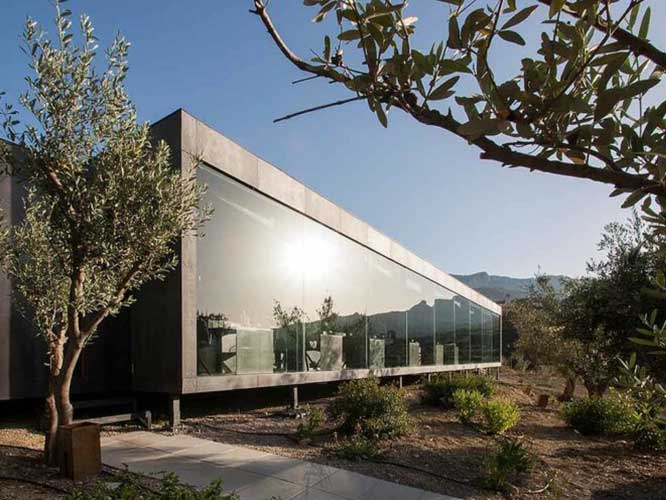

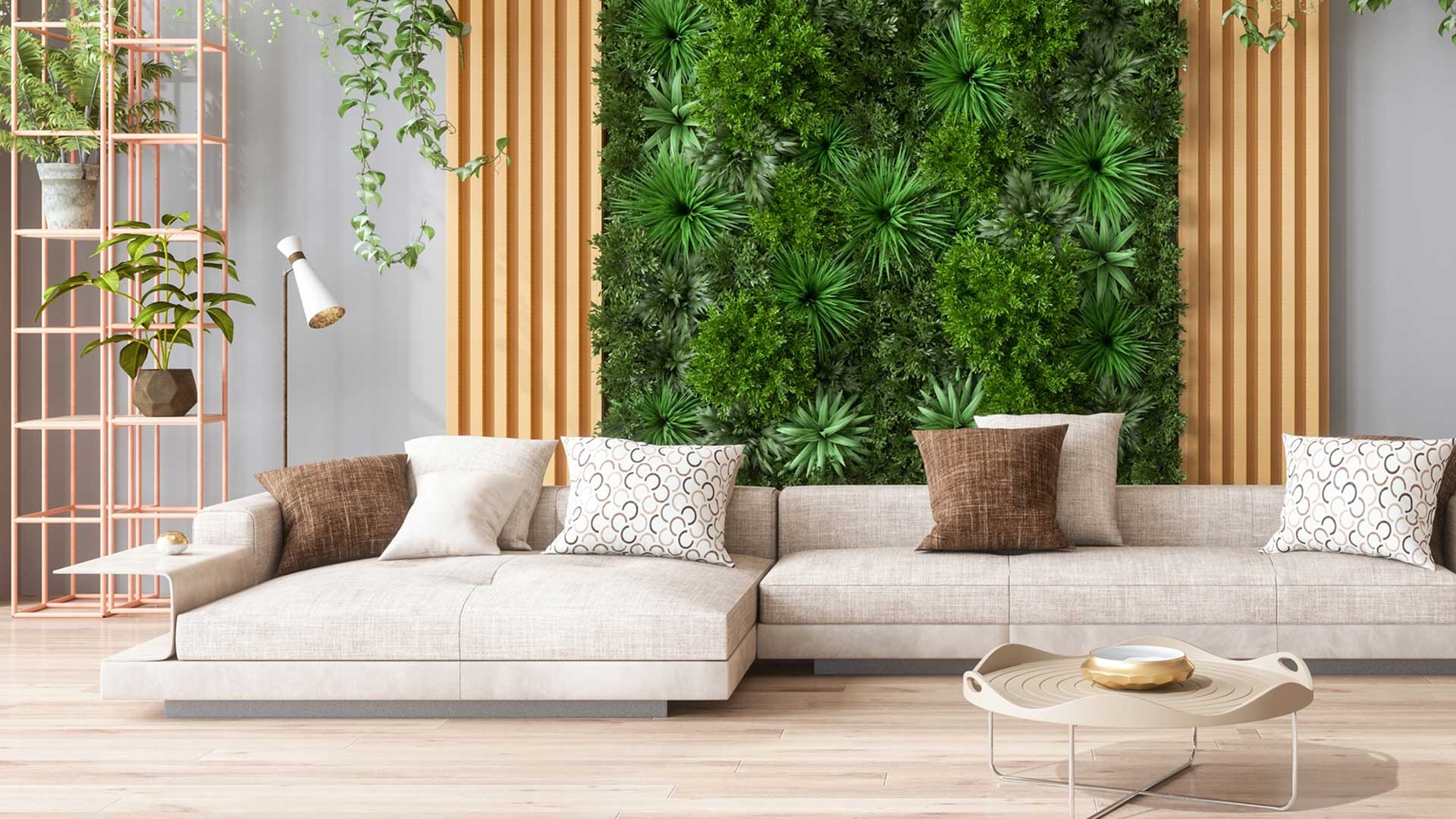
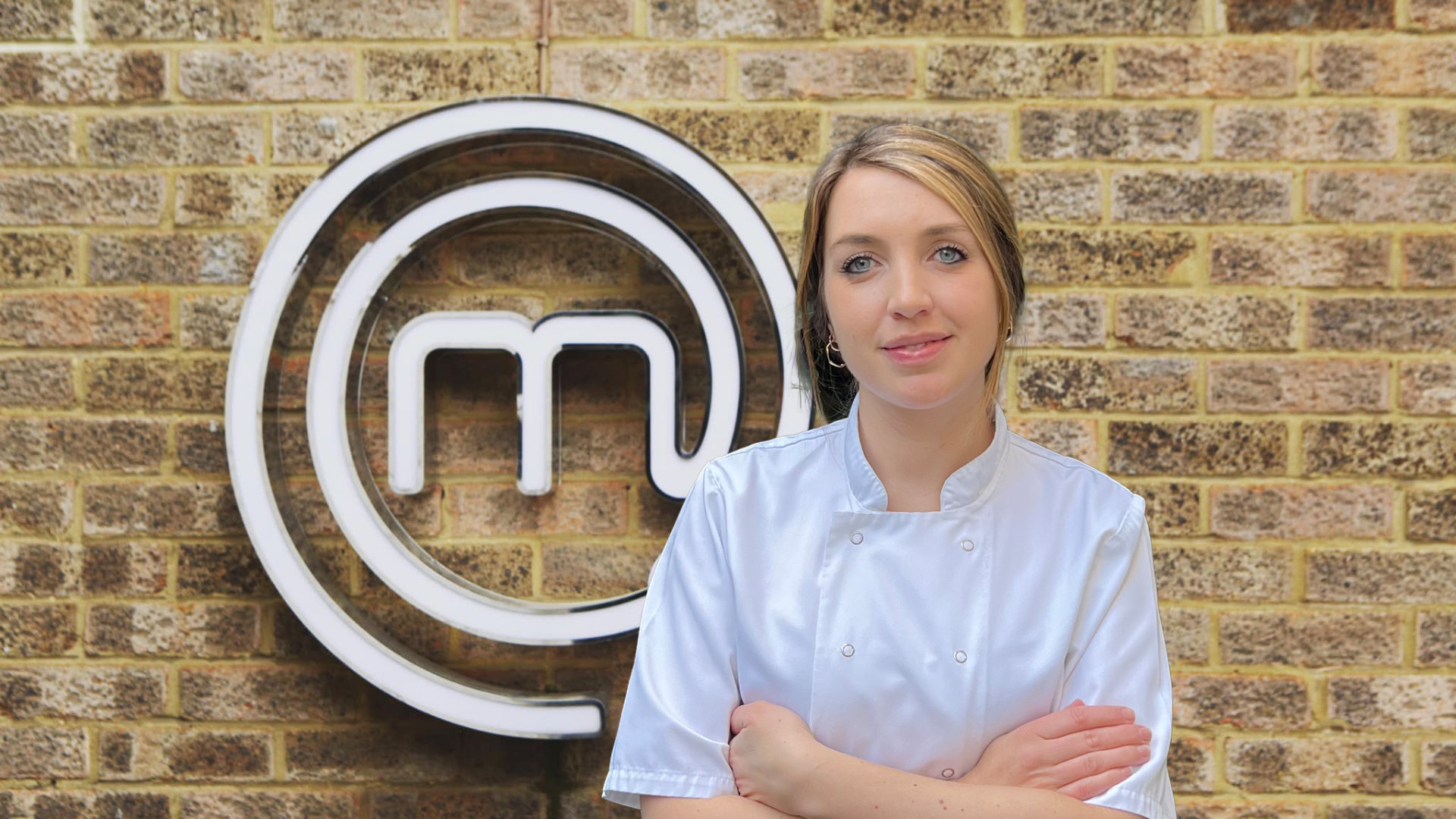

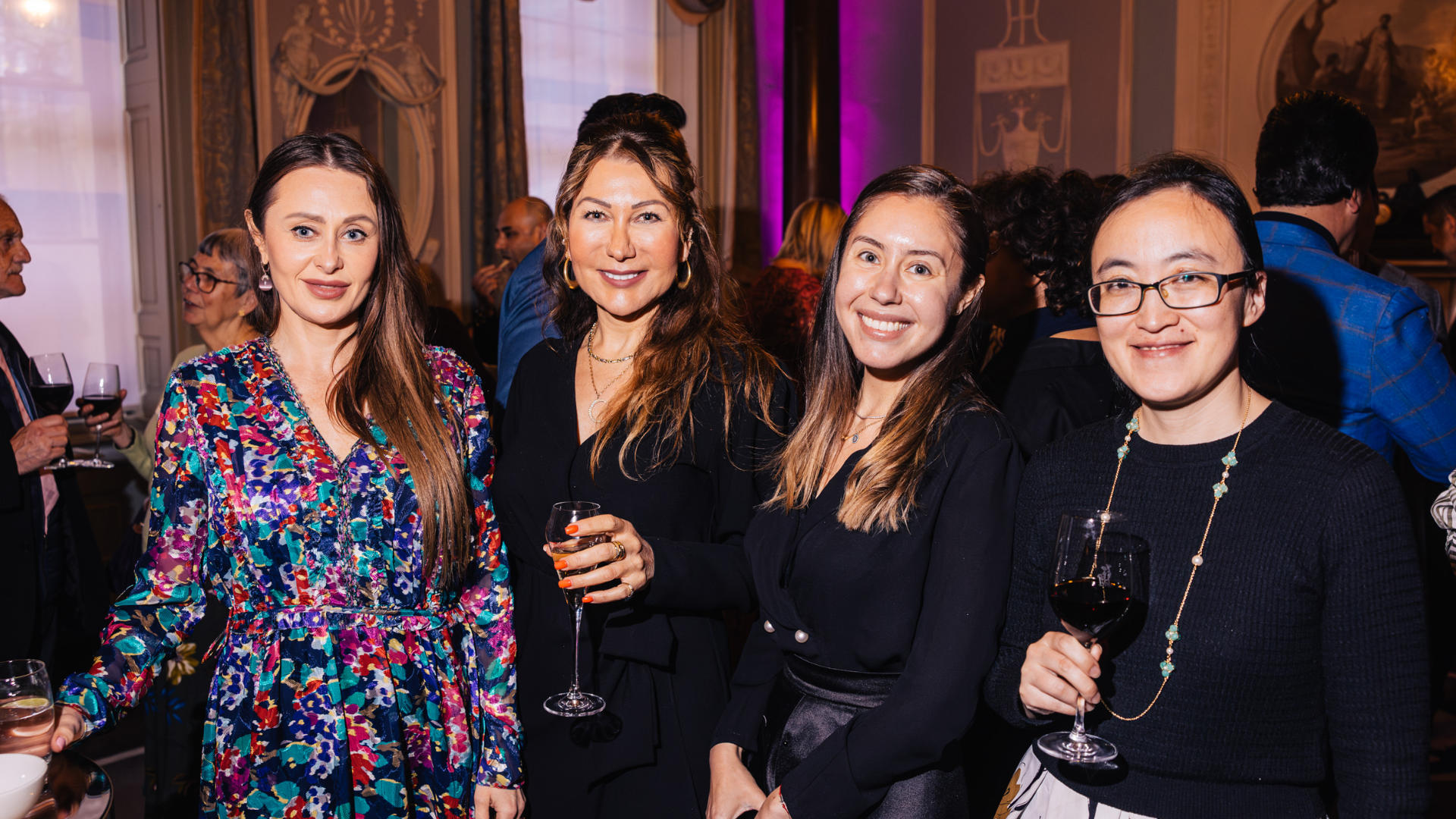




Need to read mire on home designs
🙂 Are you interested in home design and architecture, Jugdeesh?